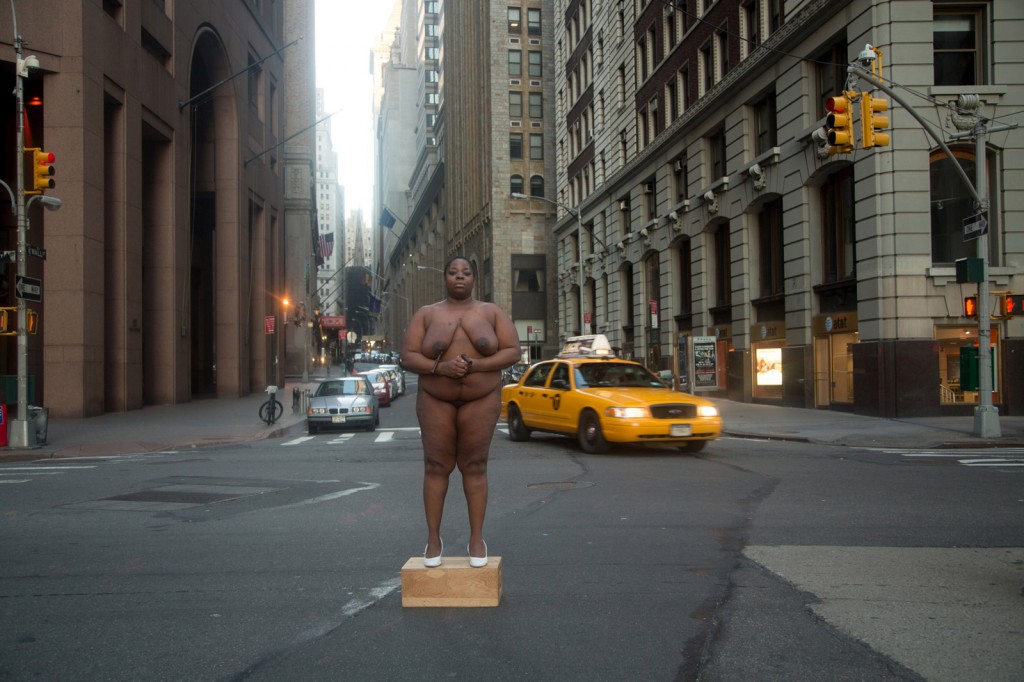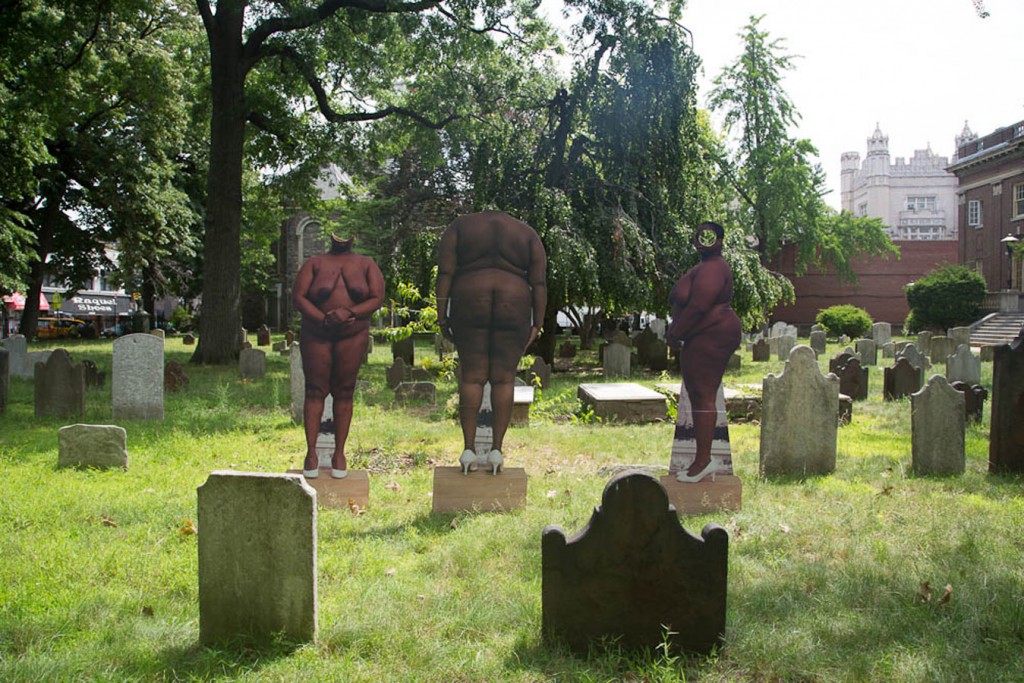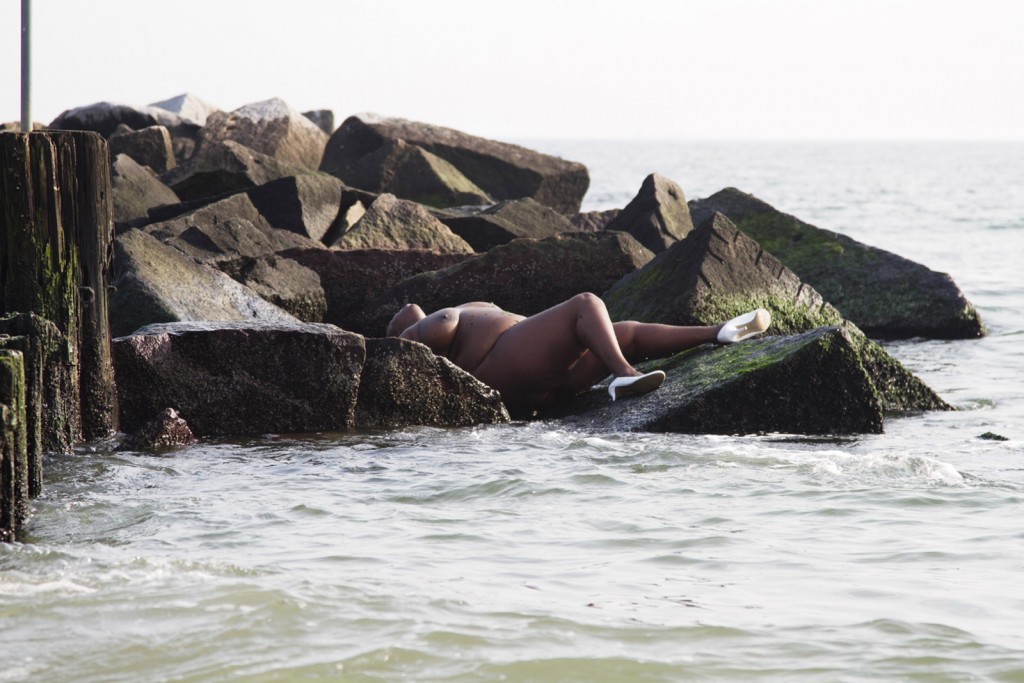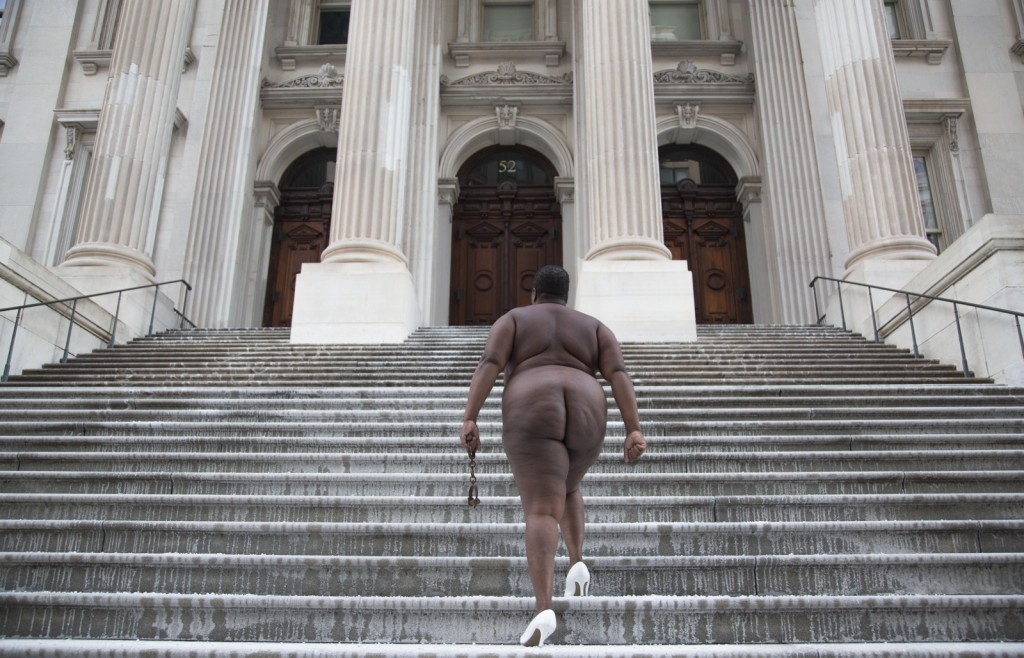
Publisher: Coffee House Press in collaboration with Emily Books
Publication date: October 4, 2016
Number of pages: 184
Price: $16.95
—
REVIEW AND INTERVIEW BY MANDY SHUNNARAH
With stories about growing up and fearing growing old, friendships and friend foibles, the intimacies of obsession and the intricacies of depression, I’ll Tell You In Person is an essay collection as vulnerable as it is blunt. Chloe Caldwell’s sharp wit and keen powers of observation are in full force in her newest book.
Caldwell takes readers on an odyssey through turbulent formative years of heroin, binge eating, Craigslist dating, the loss of a close friend, coming out, living in Europe, best friends, ex-friends, relationship blunders, encounters with celebrities, and all the experiences of youth that make us who we are. I inhaled Caldwell’s essays with unusual quickness—losing track of time, forgetting the presence of people around me, being fully present and absorbed in a way that only the words of a gifted essayist can produce.
I’ll Tell You In Person chronicles young adulthood with aplomb. Though it can feel as if the reader is meant to recall her own adolescent calamities and stack them up for comparison, this collection isn’t some righteous manifesto. There is no moral to the story because, as seasoned writers know, stories don’t need morals.
***
I talked to Chloe about her book and the challenges of writing personal essays. (This conversation has been lightly edited for clarity.)
Mandy Shunnarah: I have to start off by congratulating you because I read I’ll Tell You In Person faster than any book in recent memory. One of the elements I most adored about the book is that you’re deeply self-deprecating without being overly critical or judgmental of yourself, and without apologizing. I got the sense that writing about your past heroin addiction, binge eating, masturbation, job woes, and nearly over-drafting your bank account to impress a millionaire celebrity was cathartic. Tell me more about your writing process and the emotional pilgrimage of writing this book.
Chloe Caldwell: Thank you! I’m touched you felt that way. The essays all came to be in different ways and times. “Yodels” I wrote back in 2013 for The Rumpus. “Soul Killer” I sent to Salon that same year because I had no money and $150 was a lot for me. Same with “The Laziest Coming Out Story.” So half of the book was already written without being considered a book. I began putting the essays together and then added five new ones over the course of 2014-2016.
I don’t know if it gives me any sort of relief or catharsis at all. The tough thing about this book was I was super broke during the process of putting it together, and submitting it to publishers. It’s stressful to work on a book without money, because to have time, you need money. It was difficult for me to sit and work on essays when I knew I should be working at my dad’s music store for money or catering or finding more teaching jobs.
MS: With I’ll Tell You In Person being your second collection of essays, how did you find yourself evolving as you explored more facets of what it means to grow up?
CC: It’s hard to talk about this stuff, it’s so ephemeral. I’ve always been smart in spite of my stupid choices and have been hyper-aware enough to know I could only make ridiculous decisions before I got older. And now I am older. It’s a creepily acute feeling I have at thirty, both like a child and a grown woman. My life is unconventional in the sense that I documented my wilder years. It’s not that I did anything more interesting than anyone else, it’s just that I have it out there in the form of a book. I feel myself evolving in many ways—I’ve always been into growth and therapy, etc., but I like to keep some of my evolving private.
MS: You share very openly in your work, though it sounds like people are always wanting more. What’s that like? How do you separate yourself from your work and maintain a personal life as a personal essay writer?
CC: I share openly in my work and in my life as well, mostly. But my essays are by no means my life story. There’s a ton I haven’t written about. The essays are just what I thought would be entertaining or enjoyable for a reader, what I had ideas for. People are definitely always wanting more and it’s a slippery slope. Luckily, I have an awesome therapist who used to work in publishing in NYC and knows a lot about the writer lifestyle, reads my books, and is familiar with the “scene” and the authors and books I mention. She’s helped me create clear boundaries around a lot of this stuff.
As Maggie Nelson says, “I don’t worry about people who ‘think they know me’ because, not to sound flip, they just literally don’t.” I’m paraphrasing, but I feel the same way. I have a private life just like everyone. I just write about certain “slices of life” if you will excuse that horrendous expression. “Prime Meats,” for example, is about something I did ten years ago. So I don’t feel super close to a lot of the essays in the collection.
MS: You seem at peace with your younger self, and I get the feeling that’s something a lot of people wish they could do. How did you get to that point? Was it a difficult place to reach when, as a writer of personal essays, you’re inevitably reaching into the past?
CC: Well, I don’t think I thought of it as a point to get to or a place to reach, which helps. I guess it’s just part of my make up, and comes naturally to me, which is why I ended up being a personal nonfiction writer—a lifestyle most certainly not for everyone. I did some weird shit in my youth, but who doesn’t? Plus, it got me to where I am: healthy, with books published, a job I love. My life is filled with the classes I teach, so I’m constantly reading personal essays of other people’s mistakes, so to me, it’s the new normal.
MS: The title harkens an intimacy that’s present on every page. Considering how I inhaled the book it almost feels strange that you’re not actually my real life best friend telling me these stories in person. Are these essays stories you did tell people in person before writing them down?
CC: No, they weren’t. I was just texting that phrase to my friends/family all the time about small things, like what I felt about a movie I’d just seen or whatever. I felt limited on text message and email and many of my close girl friends live in cities across the country from me, so I liked saving up anecdotes until I saw them in person and we could chat over glasses of wine. I liked the conversational tone of it for a book title, so it stuck. None of the essays aside from “Hungry Ghost” are exactly riveting stories or anecdotes. That’s why I say in the opener that I don’t necessarily have “good stories.” I’m more the kind of writer who tries to make narrative out of nothing.
—
Mandy Shunnarah is a writer based in Columbus, Ohio, though she calls Birmingham, Alabama, home. She writes personal essays, book news, and historical fiction. Her writing has been published in The Missing Slate and Deep South Magazine. You can find more of her work at her website, offthebeatenshelf.com.
![[PANK]](https://pankmagazine.com/wp-content/themes/pank/assets/images/pank-logo-large.png)


 BY ASHLEY M. JONES
BY ASHLEY M. JONES



